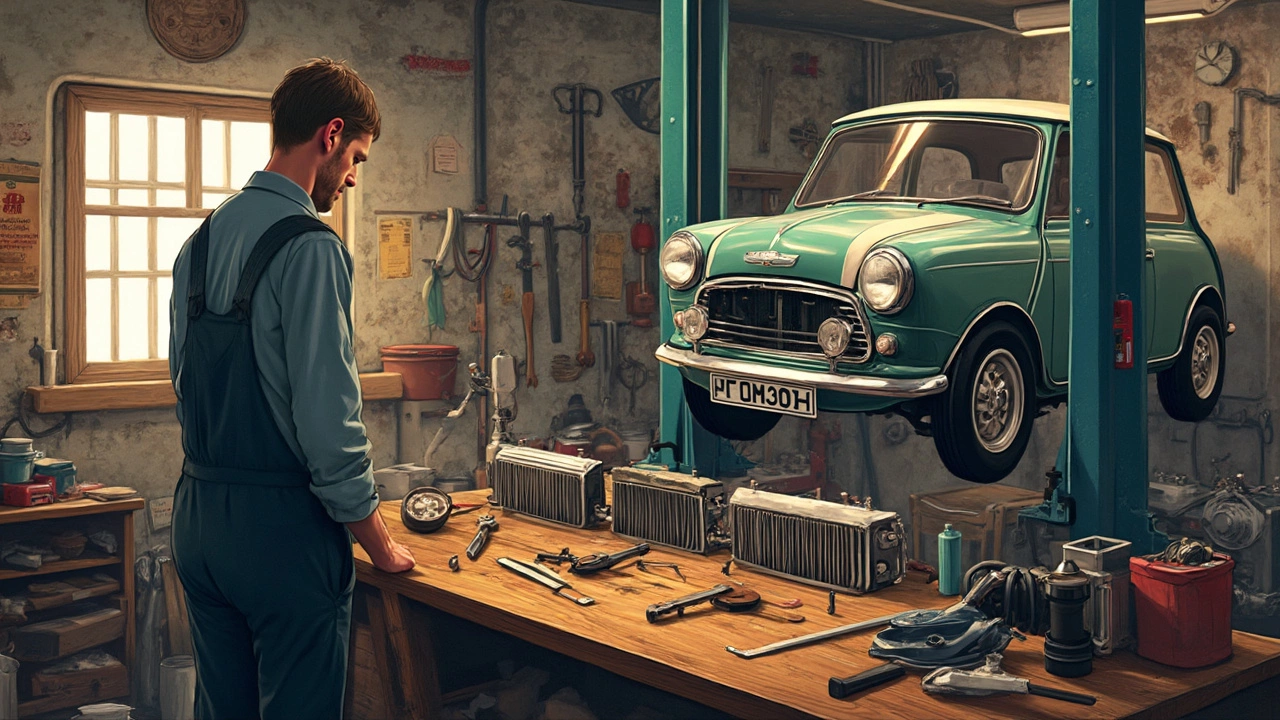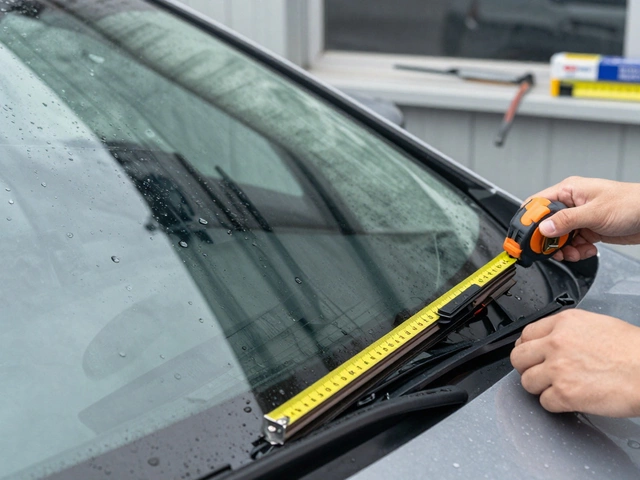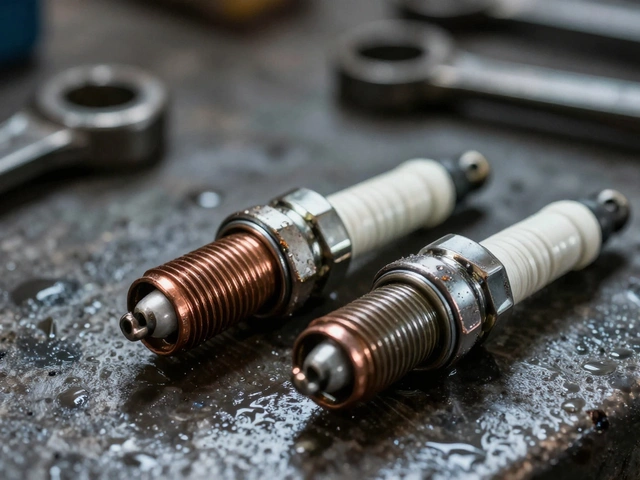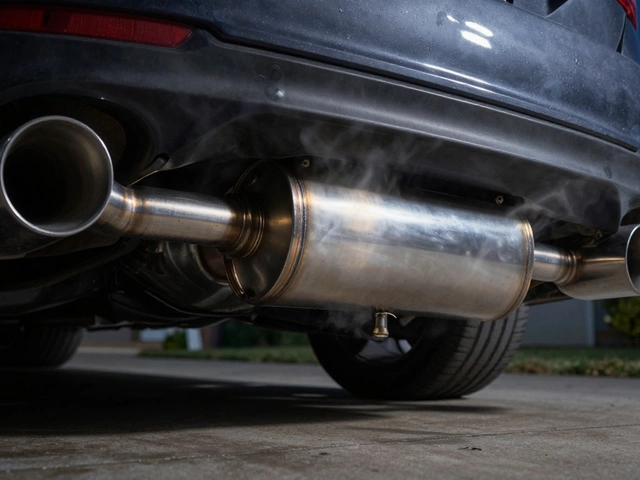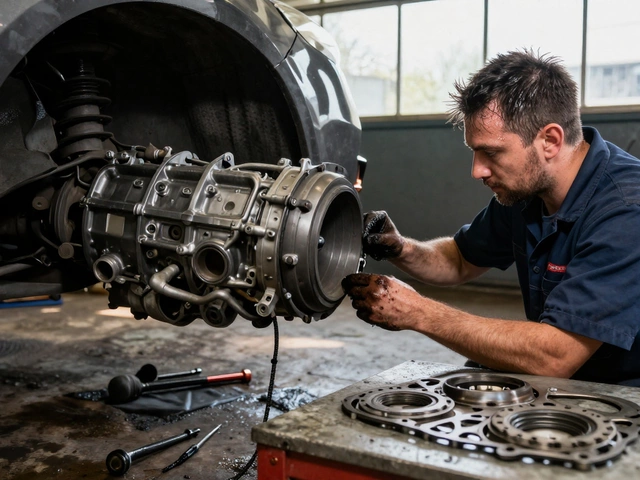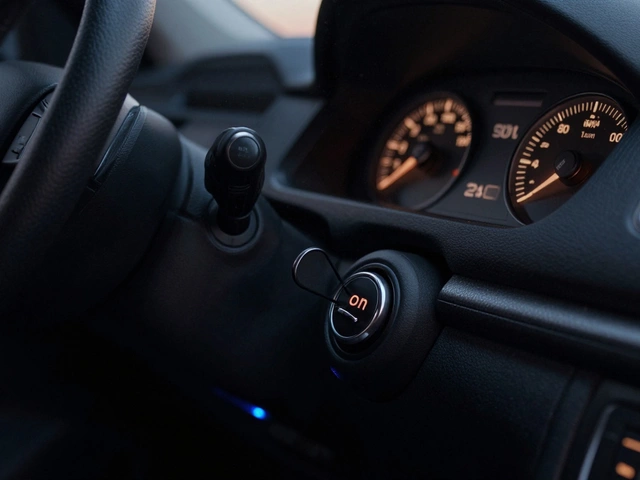Car Radiator Problems and Fixes: What You Need to Know
When your engine starts running hot, it’s usually not the engine’s fault—it’s the car radiator, a critical component that circulates coolant to keep your engine from overheating. Also known as the cooling system core, it’s one of the most overlooked parts until it fails completely. A bad radiator doesn’t just make your car sluggish—it can fry your engine in minutes if you ignore it.
The coolant leak, a common sign of radiator failure where fluid escapes from cracks, hoses, or seals is often the first red flag. You might see green, orange, or pink puddles under your car, or notice the temperature gauge climbing faster than usual. Many people think it’s just a hose issue, but 60% of leaks traced back to the radiator itself, especially in older cars. The overheating car, a condition caused by blocked coolant flow, low fluid, or a failing thermostat isn’t always dramatic. Sometimes it’s just a slight hesitation when accelerating, or the heater blowing cold air when it should be hot. These aren’t "maybe" problems—they’re warning signs that your radiator is on its last legs.
Most radiators last between 8 and 12 years, or around 100,000 miles, but that’s if you’ve kept up with basic radiator maintenance, regular coolant flushes and visual inspections. Skip those, and corrosion, rust, or debris can clog the tiny tubes inside the radiator, turning it into a paperweight. And no, topping off coolant with water isn’t a fix—it just delays the inevitable. The real question isn’t whether you need a new radiator, but whether you can afford to wait.
What you’ll find below are real stories from drivers who ignored the signs, and those who caught them early. You’ll see exactly how much radiator replacement costs in the UK, what parts actually drive the price up, and which DIY fixes are worth trying before you hand over your keys. There’s no fluff—just what works, what doesn’t, and how to stop overheating before it costs you thousands.

